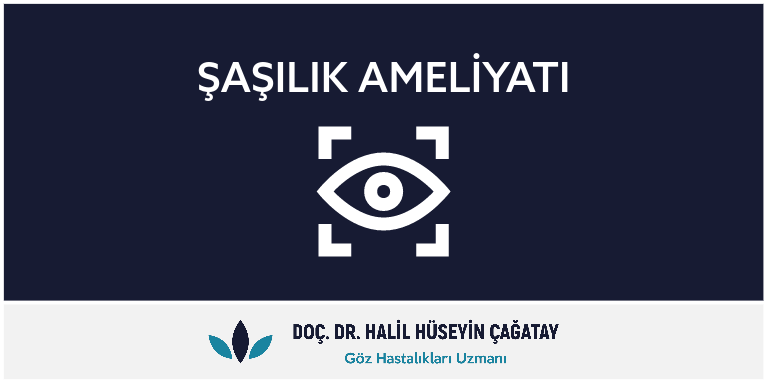Strabismus, commonly referred to as crossed eyes, is a condition characterized by the misalignment of the eyes. It affects individuals of all ages, from infants to adults, and can significantly impact vision and quality of life. Strabismus surgery is a well-established procedure aimed at correcting this eye misalignment, thereby improving eye coordination and visual perception. This comprehensive guide delves into what strabismus surgery entails, its benefits, the preparation process, recovery, and commonly asked questions.
İçindekiler
Understanding Strabismus Surgery
Strabismus surgery involves adjusting the muscles around the eyes to align them properly. The procedure can be performed on one or both eyes and is tailored to the specific type of strabismus an individual has. The goal is not only to improve cosmetic appearance but also to enhance binocular vision, which is crucial for depth perception.
Types of Strabismus Surgery
- Recession: Involves weakening the stronger muscle by moving it backward on the eye.
- Resection: Strengthens a weaker muscle by removing a section of it and reattaching it to a more forward position.
- Adjustable Suture Surgery: Allows for fine-tuning of the eye alignment post-surgery, usually within the first 24 hours.
Benefits of Strabismus Surgery
The primary benefits of strabismus surgery include:
- Improved Eye Alignment: Offers a significant cosmetic improvement, which can enhance self-esteem and social interactions.
- Enhanced Vision: Corrects issues like double vision and improves depth perception.
- Reduced Eye Strain: Alleviates discomfort and fatigue associated with strabismus.
Preparing for Surgery
Preparation for strabismus surgery involves several steps:
- Comprehensive Eye Examination: A detailed assessment by a strabismologist to determine the type of strabismus and the appropriate surgical plan.
- Medical History Review: Discussing any health conditions that could affect the surgery or recovery.
- Preoperative Instructions: May include fasting, medication adjustments, and arranging for post-operative care.
The Surgical Procedure
Strabismus surgery is typically performed under general anesthesia, making it pain-free. The duration of the surgery can vary but usually takes about one to two hours. The surgeon makes a small incision in the tissue covering the eye to access the eye muscles. The muscles are then adjusted according to the pre-determined surgical plan.
Recovery and Aftercare
Recovery times can vary, but many patients can resume normal activities within a few days. Complete healing may take several weeks. Post-operative care includes:
- Eye Drops: To prevent infection and manage inflammation.
- Follow-up Visits: To monitor healing and adjust treatments as necessary.
- Activity Restrictions: Avoiding strenuous activities and potential eye trauma.
Common Questions
Is Strabismus Surgery Permanent?
The results can be long-lasting, but some individuals may require additional treatments or surgery, especially if strabismus develops again.
Is the Surgery Painful?
Pain is generally minimal. Discomfort and a feeling of scratchiness in the eye are common but manageable with medication.
Can Adults Benefit from Strabismus Surgery?
Yes, adults can benefit significantly from strabismus surgery, both cosmetically and functionally.
Conclusion
Strabismus surgery offers a promising solution for those struggling with eye misalignment, providing both aesthetic and functional improvements. If you or a loved one is considering this surgery, consulting with a specialized ophthalmologist is the first step towards clearer, more aligned vision.
